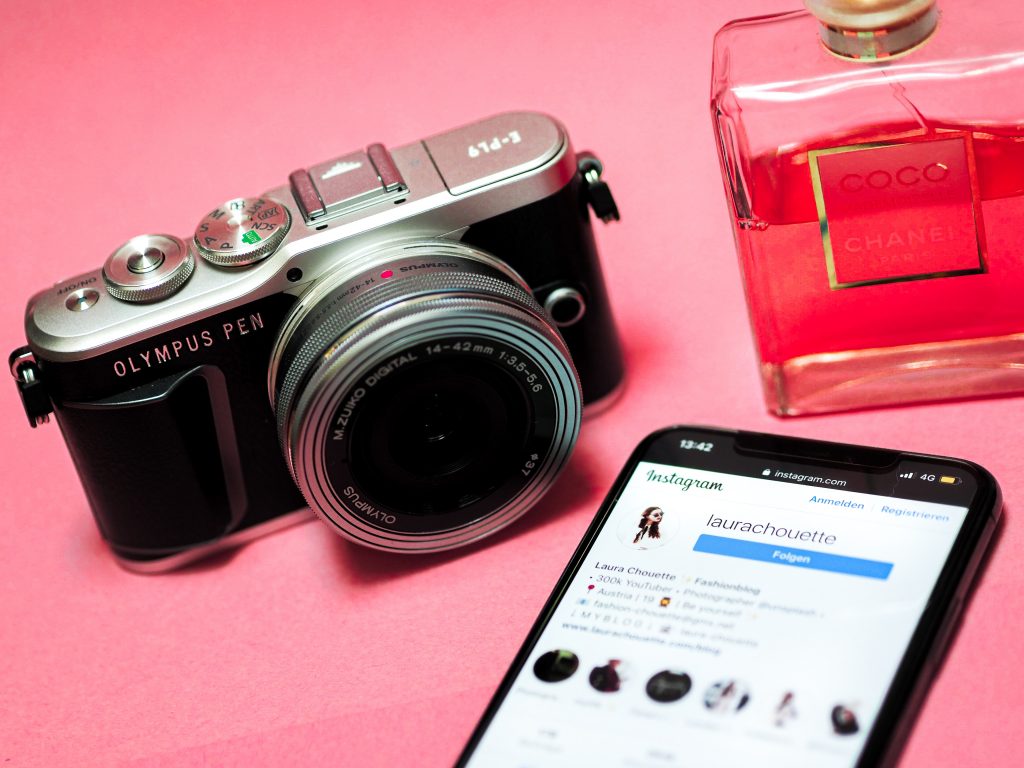High-profile celebrities like Rihanna and Kim Kardashian accumulate a massive number of followers on social media. In normal circumstances, brands would use their faces and likeness for advertising. These celebrity endorsements were the original version of online influence for consumer buying decisions. However, the rise of social media micro-influencers has ushered in a refreshingly new era and disrupted traditional marketing practices.
Through engaging their followers on a more personal level, micro-influencers, who accumulate a follower count below 100,000, make an impact on trends without the need for a large following that typically follows “A-list” celebrities. These influencers have had great success in advertising products to their followers through tactics like “Zen marketing,” which relies on the soft-sell and the “pull” approach that are against high-pressure marketing.
The rising power and influence of micro-influencers in the business of youth fashion motivated Jay I. Sinha, associate professor of marketing and supply chain management, and Thomas Fung, assistant professor of marketing and supply chain management, to research “How Social Media Micro-Influencers Are Disrupting the Business of Youth Fashion.”
Fast-fashion retailers like Zara, H&M and Forever 21 once revolutionized both main street and high-end apparel, but they are being threatened by the distribution of new online stores that are labeled as ultra-fast fashion. Ultra-fast fashion sites like ASOS, Boohoo, Missguided and Fashion Nova have seen massive growth by using social media to market their affordable and trendy styles that are evolving every two to three weeks.
“All of these youth-oriented apparel brands have arisen largely because of the endorsements afforded to them by their youthful micro-influencers, either through paid posts or from spontaneous and organic testimonials,” says Sinha. “Social media platforms of these amateur influencers have played a crucial role in the extraordinary success of these companies, so it is not possible to envisage them thriving or remaining competitive in their absence.”
Additionally, brands like Levi’s and Stitch Fix have been able to grow by adopting AI-based practices. Online tools using artificial intelligence are typically used to obtain the best match and fit for consumers with the clothes they wish to purchase, which creates a more personalized buying experience.
“Effective use of digital media and micro-influencers are not just the price of admission in the youth markets but also in the survival of these companies,” says Sinha. “In the absence of such a strategy, companies will face a rather bleak future, as shown by examples such as Gap and Express.”
Sinha emphasizes the importance of using this type of cutting-edge technology because online sites are the principal venue where Gen Z shop on a regular basis. Online shopping has only grown more by spending time at home during the COVID pandemic.
As micro-influencers grow their online presence, they often launch their own private fashion brands. Some brands have become blockbuster successes and have been wholly or partially acquired by larger companies. For example, TPG Capital has taken a minority stake in the beauty company Anastasia Beverly Hills founded by a mother-daughter duo. The growing influence they demonstrate in the fashion industry proves that they are able to create content that resonates with young people.
“Traditional advertising is dead or dying,” says Sinha. “These amateur influencers are here to stay, and their influence over their youthful audience is likely to grow even more in the near future.”
Learn more about micro-influencers from three Fox School alumni who are developing their own personal brands, engaging with niche audiences and working with their favorite companies.
